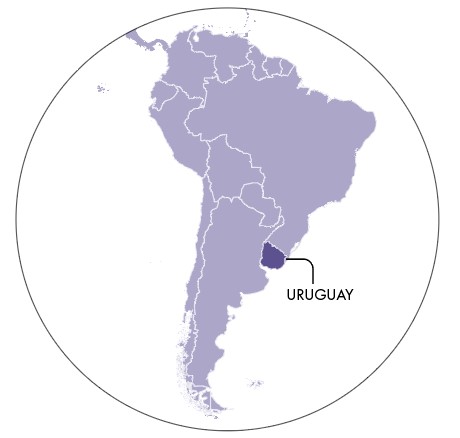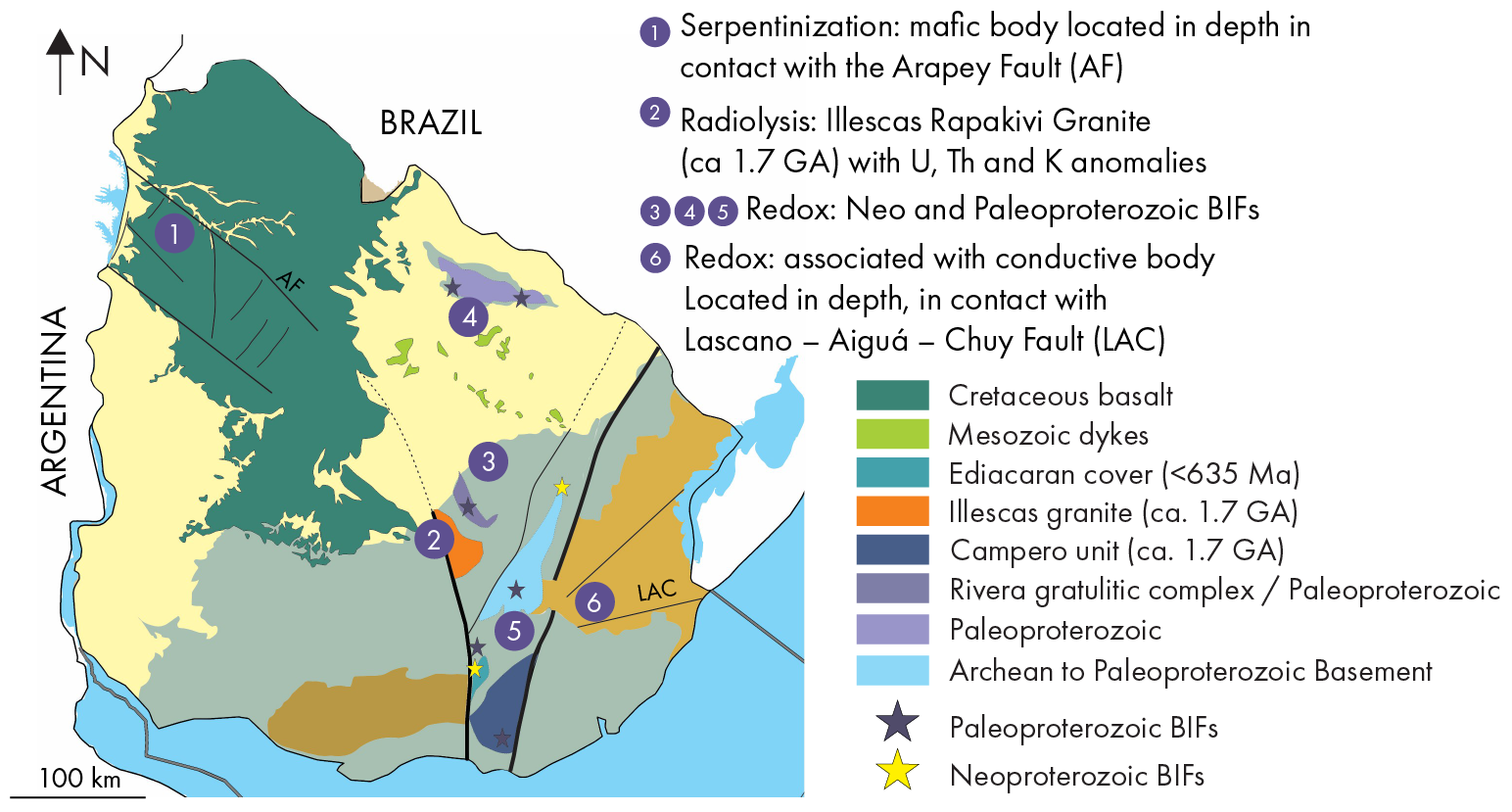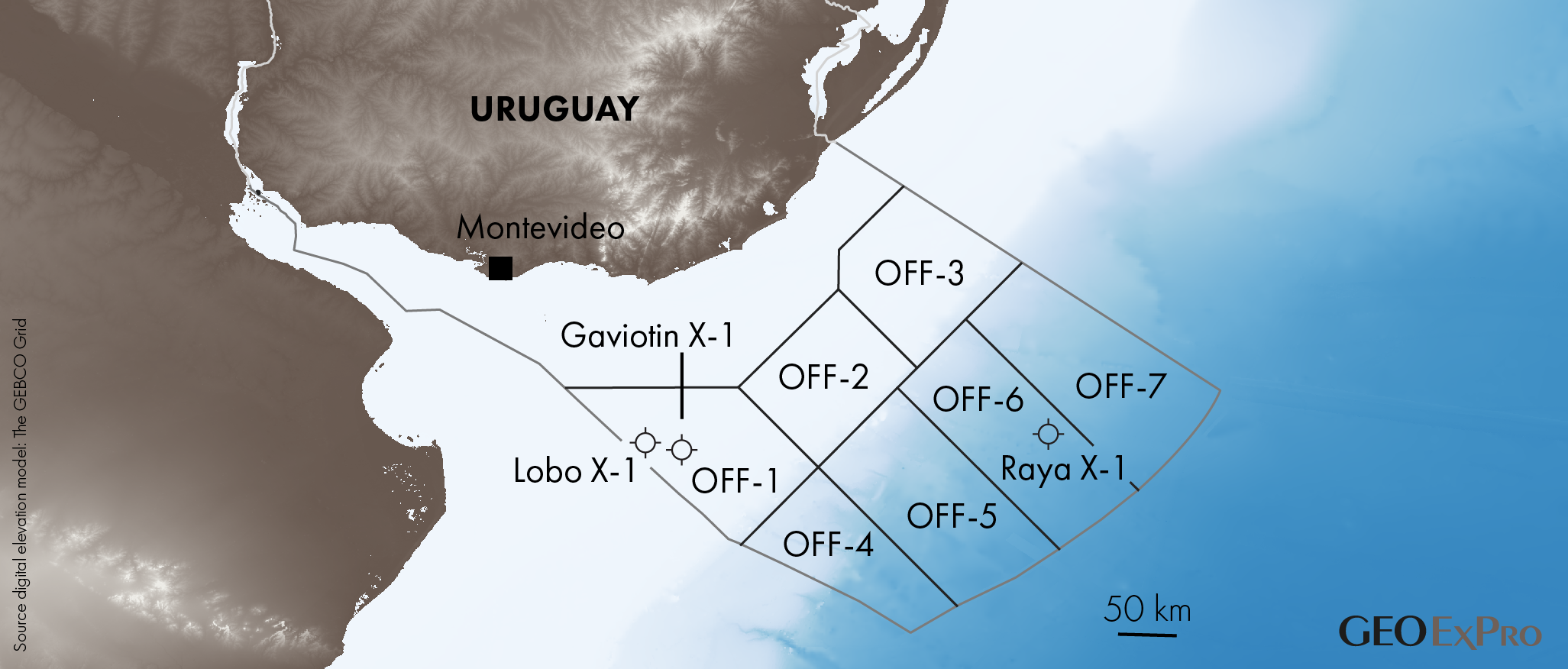 Uruguay has completed the first phase of its energy transition; most electricity is now generated from renewable sources. For the second phase, the country has identified green hydrogen and its derivatives as a key component of its strategy. In this context, the National Oil Company of Uruguay (ANCAP) has initiated a research project to determine whether natural hydrogen should be part of the second phase of the energy transition too.
Uruguay has completed the first phase of its energy transition; most electricity is now generated from renewable sources. For the second phase, the country has identified green hydrogen and its derivatives as a key component of its strategy. In this context, the National Oil Company of Uruguay (ANCAP) has initiated a research project to determine whether natural hydrogen should be part of the second phase of the energy transition too.
Hydrogen can form in the subsurface through more than 30 different processes. These processes range from biotic to abiotic and are associated with various rock types and geological settings. Given Uruguay’s geological diversity, the likelihood that the different components of the natural hydrogen system come together in a single location increases significantly… As a first step, the ANCAP team has identified potential hydrogen source rocks and the chemical processes that could generate hydrogen. This effort has led to the identification of three distinct hydrogen-forming processes across six prospective exploration sites throughout the country.
The first location is in the northwest sector of the Norte Basin. Here, a mafic body, which could act as a hydrogen source rock, is located at approximately 1,500 m depth. When water reacts with olivine and / or pyroxene in the mafic body, serpentine and hydrogen gas are formed, a process called serpentinization. Normal faults dissecting the Norte Basin may serve as pathways for hydrogen migration, channelling the gas from its source to the sedimentary basin infill.

The next potential exploration site is the Illescas Granite, located over the Sarandí del Yí shear zone in central Uruguay. The granite is enriched in radioactive elements potassium (K), uranium (U) and thorium (Th). Hydrogen could be generated here via radiolysis, a process in which radiation emitted during radioactive decay splits water molecules.
Sites 3, 4, 5 and 6 are situated in the eastern half of Uruguay. The common denominator for these sites is the presence of iron-rich basement rocks. In these areas, magnetite in banded iron formations reacts with water to form hematite and hydrogen through a process known as hematization.
This study is the first step in natural hydrogen exploration in Uruguay. The identification of six sites of interest can now be followed up by an analytical campaign to determine whether hydrogen anomalies can be detected in the field.



